This is my annual EGFG Index of Articles (that stands for Everyday Gluten Free Gourmet). This overview categorizes the 80+ non-recipe posts on this website. From printable resources, help with gluten free flour and specialty ingredients, to tools, tips and tricks, I've shared as I've learned over the last decade.
Jump to:
The Printable Index
Print this one-pager or save it. You need a simple system to be able to find new information as different topics become relevant to you. Having resources you can refer back to helps decrease the overwhelm.
Article Categories
The categories have changed over time and I'm always responding to what people ask for. This is a snapshot.
- Understanding Gluten Free Flour: Start by finding a blend that works for you. It won't work for every recipe but it's a great start.
- New To Gluten Free: Help to deal with the overwhelm.
- Ingredients: Tips for finding and using specific gluten free ingredients.
- Tips, Tools & Techniques: Tips for making gravy or gluten free cookies, these are stand alone posts but the tips are also sprinkled throughout the recipe descriptions. For the whole family to cook safely, with gluten free as the top priority, there is a lot to learn.
- Printable Resources for the kitchen: Post these inside your cupboard doors and use them.
- Gluten Free Kids: New ideas and projects for gluten free kids to learn how to create fun food experiences in the kitchen.
Learning Mindset
There's a lot to learn and "the more you know, the more you realize you don't know." Adopt a learning mindset and find community. From bloggers you like to local and national organizations, know where your information is coming from.
Beware of AI written blogs and influencers who are chasing likes, and not always providing current best practises.
Celiac Canada, and local chapters across the country have support that you need. No matter where you are there are similar organizations, look for them.
I volunteer for Calgary Celiac to support the community and keep up to date on all things gluten free. My website, cooking classes and the membership are all about helping you in the kitchen.
Thanks For Your Support
I'd like to say a special thanks to you for visiting this website, leaving a comment and recipe rating, and clicking on any Amazon link to go shopping. This helps me maintain the website and provide free content.
No matter what you purchase, from clothes to books, if you arrived at Amazon through a link on my website I'll get a few pennies and there's no extra cost to you. ❤️
Resources for Gluten Free Cooks
The cookbooks from America's Test Kitchen are a fabulous resource and great gift. They explain why each recipe works and the changes needed to make the gluten free version work. This is knowledge you can apply to every recipe you make going forward.
- How Can It Be Gluten Free Cookbook Collection (2020) - This is a compilation of their first two books and busts the myth that you can substitute any one-for-one gluten free flour in any recipe.
- The How Can It Be Gluten Free Cookbook (2014) and Vol 2 The How Can It Be Gluten Free Cookbook (2015) are both out of print. I'm sure you can find them in second hand book stores and libraries.
__________________________________________________________________________
New here? Overwhelmed or frustrated? Get started with these 29 Tips about GF flour and get cooking. I can help you learn to cook gluten free food everyone wants to eat, and have fun doing it.
🎉 Exciting news! Adventures in a Gluten Free Kitchen, a membership for gluten free cooks, is coming soon. Click to learn more and join the waitlist!
_________________________________________________________________________

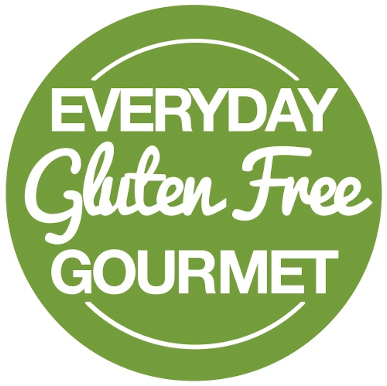
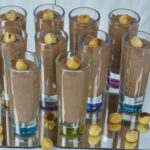
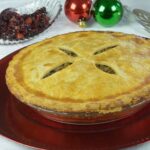

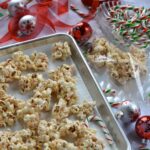
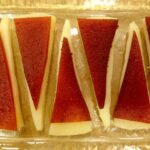
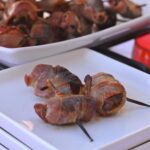
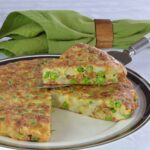
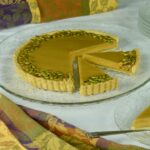
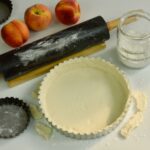
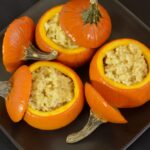
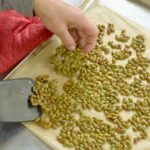
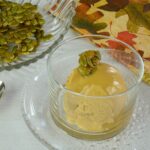

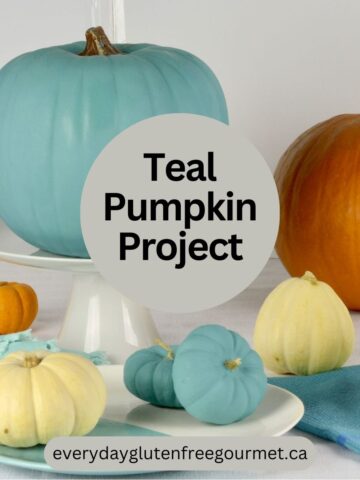
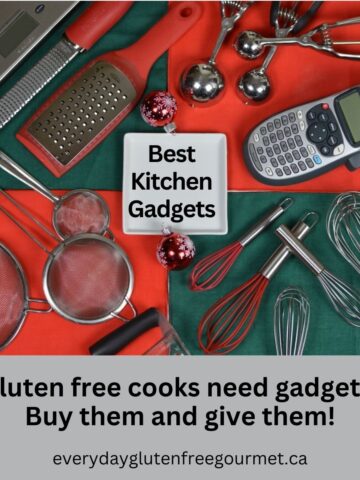
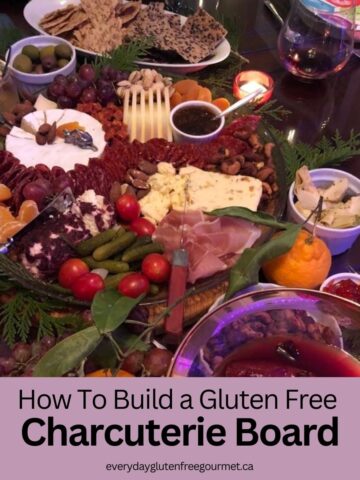
Dr Stuart
Hugs of appreciation for all your cooking/baking suggestions and guidance.
Perhaps you could provide me with knowledgeable recommendations that I have been struggling with in my baking. I began experimenting with gluten-free baking 15 years ago. My primary challenge is the sweetener in my baking with gluten-free flour for baking foods. I gave up sugar in the late seventies. First, I used raw honey until I discovered that honey should never be cooked and that it is best suited as a medicinal remedy. In more recent years, I began baking with either maple syrup (which really is too sweet and behaves like sugar internally). My other sweetener baking choice is the homegrown herb, stevia leaf. I grow, harvest, clean, air-dry, remove the leaves, then store them in a canister until I am ready to process the stevia leaves into a powder and store them in a brown glass jar. Natural stevia is a wonderful herb that doesn't cause or contribute to health issues. It is unlike the store-bought, chemically altered liquid or white powder and doesn't taste the same.
I guess what I am seeking here is the percentage of liquid to dry ingredients. Unwise to replace sugar with stevia since stevia is many times sweeter than sugar, thus the lower amount to be placed into baking.
Thank you kindly.
"Getting old is what we do to our-self; getting older is the gift we give to ourselves." - Dr. SSS Stuart
Cinde Little
Hi Dr. Stuart and thank you for the accolades, I appreciate that! Making your own stevia, that is commendable!
Finding healthy-ish substitutes for sugar in gluten free baking is hard. I've simply focused on eating less sugary foods than I used to. In my own muffin and bar recipes, right here on my website, I often decrease the sugar by 1-2 tablespoons from what is written. I also use dried fruit for sweetness. My biggest strategy these days is more plants and less sweets overall. For all those reasons I have not experimented with sugar substitutes. Monk fruit is said to not work well in baking so I never tried it. I know many people use coconut sugar which has a slightly lower glycemic index compared to brown sugar and said to be a 1:1 replacement for brown sugar.
RATIOS
To answer your question about ratios I'm giving you general guidelines, not from my baking experience and not specific to gluten free. The ratio of sugar to flour for cake is typically 1:1 by weight, for cookies it is 1:3. There is still lots of variation among the different kinds of cake and cookies people make.
The ratio of liquid to dry ingredients for cake is also 1:1, but for cookies it is 3 parts flour, 2 parts fat, and 1 part sugar.
I hope something here helps. I'd love to know what you're making, I just might be up for trying something too. Culinary adventures are my favourite.